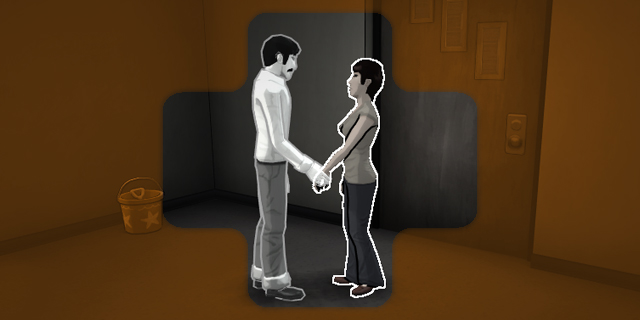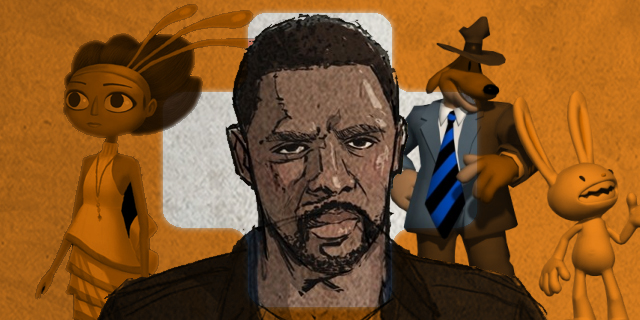
How often do you play games that are considered realistic? Does that word even apply to anything you regularly play, or is it something you merely see when people discuss games designed to capture one (or many) aspects of reality? I rarely see myself approaching games for any sort of realism, often leading to the suspension of disbelief. Sometimes it’s easy; after all, nobody plays Super Mario Bros. expecting anything even remotely resembling realism. Sometimes, however, stories being told in games resemble the reality which we inhabit, for better or worse. READ MORE

Last week saw the release of Left Behind, the first (and only) story-related add-on content for The Last of Us. It both filled in a gap during the game’s main story and also focused heavily on Ellie’s life prior to her meeting Joel. I don’t often invest in downloadable content; once I finish a game and put it down, I rarely have a reason to pick it up again for extra content. Sometimes, however, you just need a little more. Left Behind delivered exactly what I was looking for, and also made me think a lot about story DLC and its impact on a game — especially if it comes out months after its initial release.
READ MORE

Resident Evil and Silent Hill have a lot more in common than just genre. Both were popularized on the PS1 and expanded upon during the following console generation. They moved in opposite directions, with Silent Hill sticking close to its roots and Resident Evil attempting to evolve. That being said, both remained shining examples of the horror genre. It wasn’t until the following generation when both series began to move in unrecognizable directions, with new games in each franchise met with mixed reactions.
The mystery behind why this happened isn’t a difficult one to solve, but both have failed to recapture what made them so successful in the first place, leaving me to wonder exactly how these once-beloved franchises can be so easily mismanaged.
READ MORE

There was once a time when people considered the adventure genre to be dead and buried. We still saw various releases, but only a few were noteworthy enough to merit more than a casual glance. This was also around the time I first started getting into adventure games, thanks to a little title known as Grim Fandango. From there, I went back and explored the various LucasArts and Sierra titles I was never able to play when they initially released. I was hooked, even though I fell in love with a genre during its seemingly-inevitable decline.
READ MORE

When it comes to reminding us of our gaming pasts, in particular the games we grew up with, no one does it better (or more frequently) than Nintendo. It is often considered the Disney of the gaming industry, and for good reason. While this trend of relying on nostalgia isn’t exclusively a Nintendo idea, one of its most recent releases, The Legend of Zelda: A Link Between Worlds, is exemplary of its desire to remain in touch with its past. It signifies both its struggles as a company over the past decade and how it can easily overcome those struggles: by continuing to look forward.
READ MORE
























